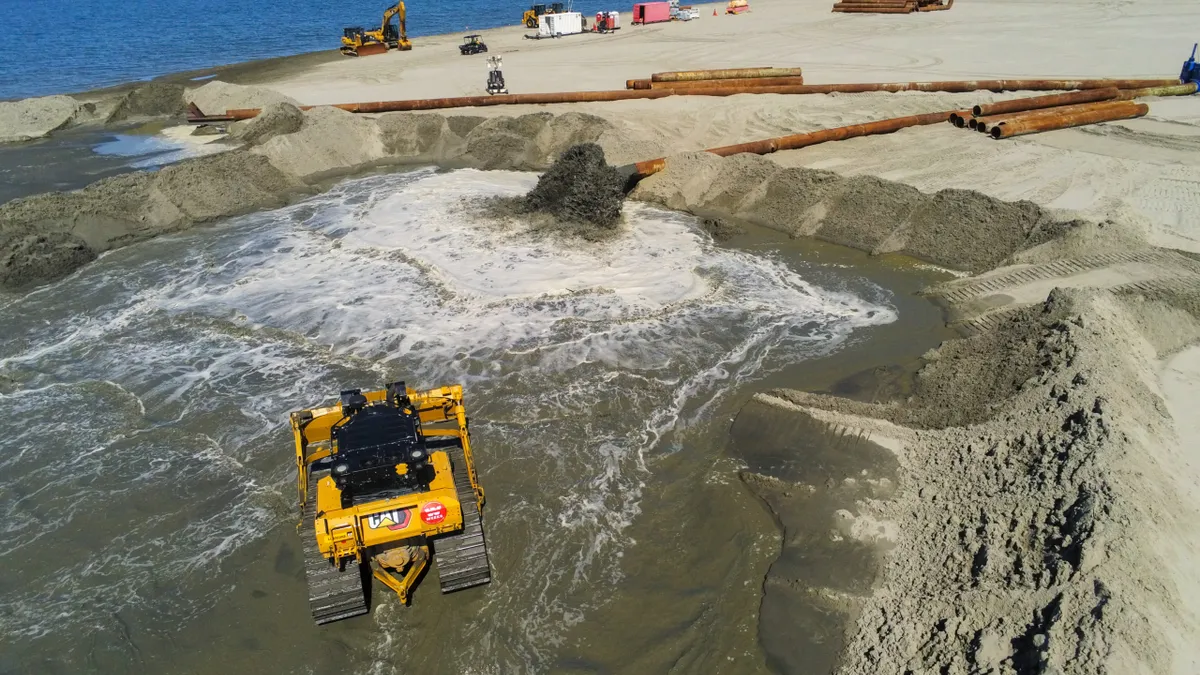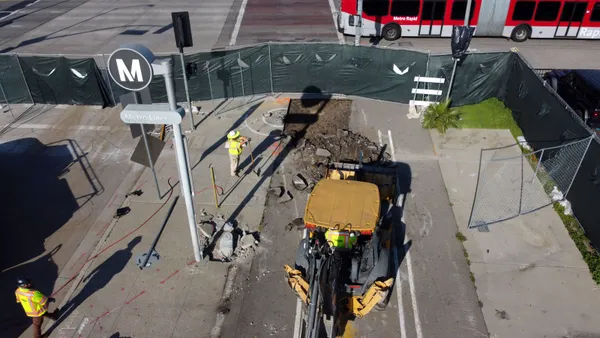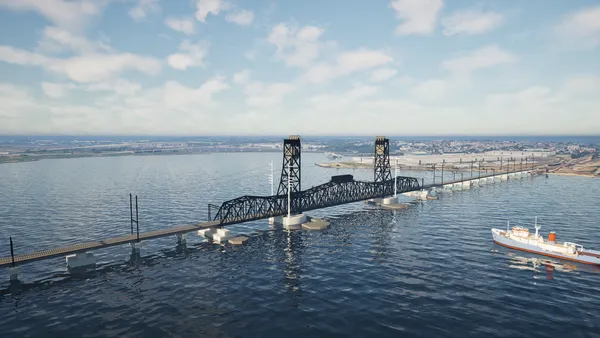Dive Brief:
- Louisiana’s state coastal board last week unanimously approved the latest iteration of its 50-year, $50 billion plan to protect coastal communities from hurricanes and land loss. It includes 77 restoration projects such as rebuilding degraded marsh, as well as hard infrastructure like levees and floodgates to protect from storm surge.
- The 2023 Coastal Master Plan acts as a strategic guide to restore and protect Louisiana’s coast from the impacts of climate change, and builds on three previous master plans. It prioritizes projects based on how much they will help communities.
- The plan must be updated every six years, and this iteration includes several big new projects, such as the $1.7 billion, 31-mile Iberia-St. Mary Upland Levee and the $1.4 billion, 28-mile Lafitte Ring Levee.
Dive Insight:
Climate change and extended cyclical weather patterns together have raised sea levels along the Gulf Coast at unprecedented rates over the past 12 years, two recent scientific papers showed. Louisiana’s Coastal Master Plan aims to address critical impacts of that sea level rise like coastal erosion and land loss, as well as more frequent hurricanes and storm-surge flooding.
Without action, per the Coastal Master Plan the damage would cost the state $15.2 billion to $24.3 billion each year, and put more than 2 million Louisianians at risk of flooding. If the plan is implemented, the efforts would save $10.7 billion to $14.5 billion annually. The updated Coastal Master Plan is currently working its way through the state legislature.
The 2023 Coastal Master Plan budget is evenly divided between restoration and risk-reduction efforts over the next five decades. It details 61 restoration projects and 12 risk reduction projects, including:
- $16 billion for marsh creation, which entails dredging and planting to restore coastal landscapes and ecosystems.
- $14 billion for structural risk reduction, which include earthen levees, concrete T-walls and floodgates.
- $11 billion for nonstructural risk reduction, such as floodproofing, elevation or acquisition of at-risk properties.
- $2.9 billion for building land bridges, which are linear tracts of constructed marshes.
- $2.7 billion for diversion projects to restore historic deltaic processes, build new land and nourish existing wetlands.
- $230 million for hydrologic restoration, to ensure that water movement across the landscape supports a healthy ecosystem.
Since 2007, the Coastal Protection and Restoration Authority has completed 150 coastal restoration and risk reduction projects worth $21.4 billion.
Louisiana Coastal Protection and Restoration Authority Board chair Chip Kline said the plan could, if fully implemented, reduce residents’ risk from storms to even less than what they face today, according to New Orleans Public Radio. Most of its projects are currently funded by BP settlement money from the 2010 Deepwater Horizon oil spill, but that is expected to run out by 2032. That means the state’s $1 billion-a-year budget for resilience projects will drop to $200 million or less if not replaced by another funding source.
For the first time in a master plan, the agency discussed managed retreat, which is moving people and infrastructure out of harm's way before conditions become too dire. It offers guidance to help residents determine how safe it is to live in their area.














